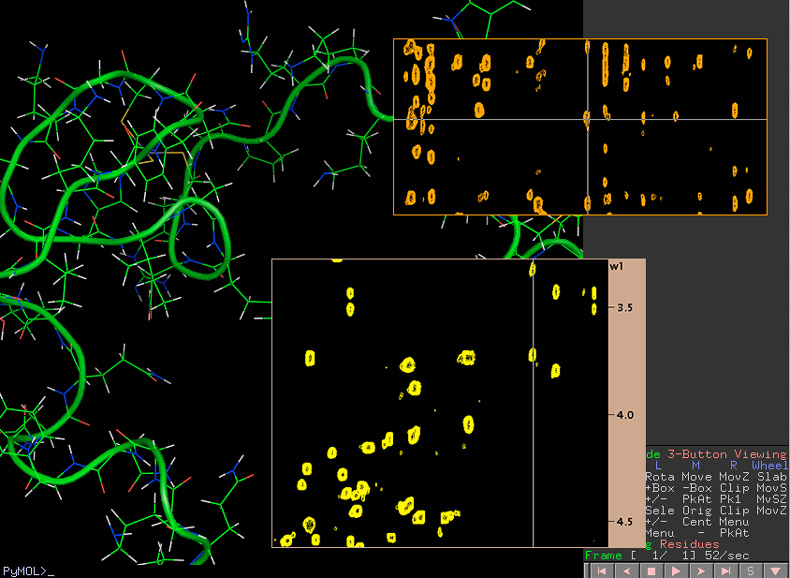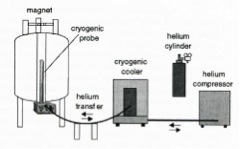Saclay NMR projects: pooling resources, sharing skills

This is one of eight projects from Université Paris-Saclay to secure a SESAME grant from the regional council.
SESAME: regional support for research projects
Thanks to 400,000 euros in funding from the Île-de-France regional council and a financial contribution from private (Servier), and public partners: CEA, ENS Paris-Saclay and the FRISBI national infrastructure network to which the three teams belong, Université Paris Saclay research teams studying the spectroscopy of biological macromolecules will be able to group their NMR equipment together on one site under optimal conditions.
Pooling equipment in this way should lead to significant savings on installation and running costs (particularly by optimizing fluid consumption), as well as facilitating increased interaction between the teams, each of which has its own field of expertise.
NMR apparatus equipped with "cryoplatforms"
ENS Paris-Saclay’s move from Cachan to the Saclay plateau, and the transfer of certain CEA teams and their equipment (1 NMR 600, 700 MHz) to the Gif-sur-Yvette site (I2BC), is an opportunity to group together all the machines at the ICSN, which has premises large enough to accommodate them.
Two additional devices equipped with “cryoplatforms” and a fluorine probe are to be obtained with the SESAME funding and will be of great use to several teams.
This type of device has existed for about ten years. It allows researchers to operate an NMR probe cooled to cryogenic temperatures (around 20 Kelvin degrees, or -253°c)—note that only the probe is cooled, not the sample is cooled. This cooling eliminates much of the thermal noise of the detection tools and improves greatly the signal-to-noise ratio, resulting in significantly shorter experiment times.
LBPA research
Within the Biology and Applied Pharmacology Laboratory (LPBA), this new equipment will offer the Nucleic Acid Structures and Interactions team led by Olivier Mauffret the ideal conditions for developing its NMR projects.
One of the group’s major projects is the study of the structural and dynamic properties of the core protein of HIV-1, an essential retroviral protein involved in several stages of the HIV-1 replication cycle. This research aims to gain a better understanding of the protein’s characteristics in order to develop selective inhibitors.
Another of the team’s main projects is the study of guanine tetrads and the helicases specialized in their destabilization.
This research examines G-tetrads of particular DNA structures that are very different from the double helix—the in vivo existence of which has been amply demonstrated in recent years—and their recognition by several types of proteins including helicases.
The study of the formation and of the stability of the nucleosome, the basic unit of chromatin compaction, is the team’s third research focus.

Schematic representation of the cryogenic cooling system consisting of the helium compressor (right), the cryogenic cooling system and the cryogenic probe inside the magnet.
The probe is cooled to 20K but the sample is maintained at room temperature (or at 37°c).
